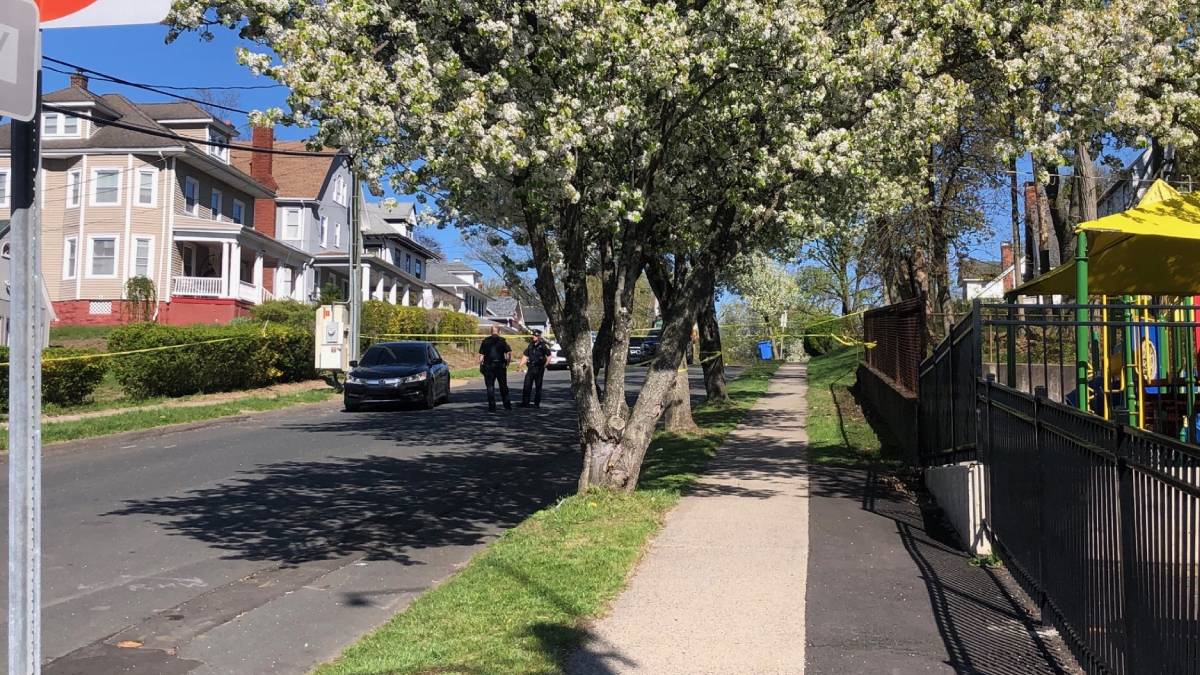Providing what they call a broad set of guidelines, the Connecticut Department of Education distributed a four-page document to school superintendents March 5. Included in that document are ways schools could approach the teaching process, if schools close due to COVID-19.
At this time there have been no federal or state directives and those decisions remain with the local districts. Although state law does allow for emergency circumstances, the expectation would be to complete 180 days even if schools do close.
“The state is recommending that (if necessary) you close and that you make up the time to the best of your ability before June 30” said Executive Director of the Connecticut Association of Public School Superintendents Fran Rabinowitz.
With the mild winter, fewer snow days were used than anticipated by many schools, allowing for more available days in June. However, there is an alternative as districts could implement online learning days which would count toward the year’s fulfillment.
If schools do employ online learning, that comes with challenges including a need for technology.
“You have to ensure that every child in that district has access to (the Internet),” said Rabinowitz.
That’s not always the case. Hartford Public Schools’ recently said they are aligning with partners, including Hartford Public Library, to provide some technology for families if necessary.
Local
Technology isn’t the only concern. While distance learning could also be done with written assignments sent home to students, some question the academic quality of the process.
“We know that things that are delivered remotely, sort of do it yourself learning, is nowhere near what you get in a classroom,” said Donald Williams, the executive director for the Connecticut Education Association.
Distance learning would also need to account for a broad range of age groups and academic abilities, Including special education students.
“Unfortunately, it leaves those students who need the help the most behind. So, it has the potential to worsen the achievement gap,” added Williams.
State and local leaders are also weighing community concerns.
“We have many thousands of students in our schools who have two meals a day in schools and may not be able to get those meals elsewhere,” said Hartford Mayor, Luke Bronin.
There may be some flexibility when it comes to school meals. The USDA said it could allow schools to leverage their summer meal programs at no cost to students. Normally those meals are to be served in a group setting but under these circumstances, that requirement could be waived.



